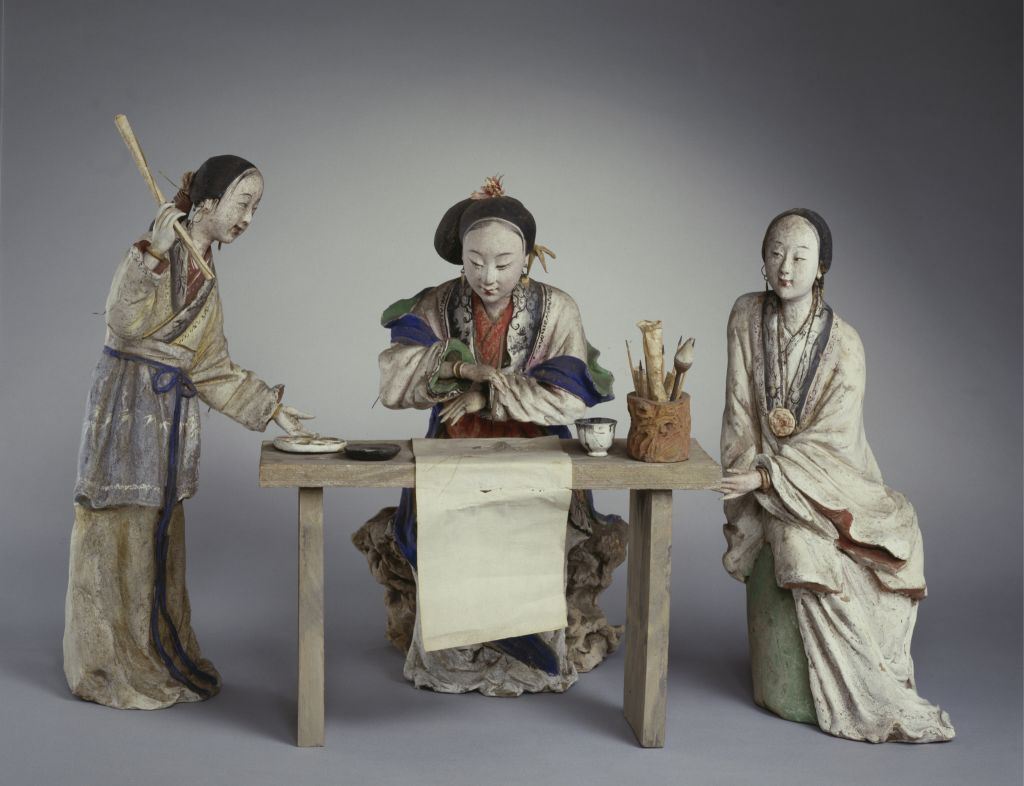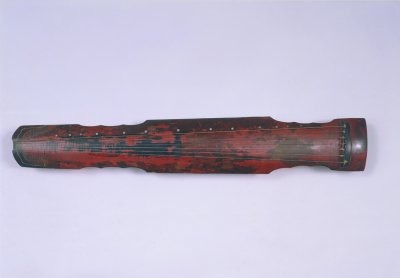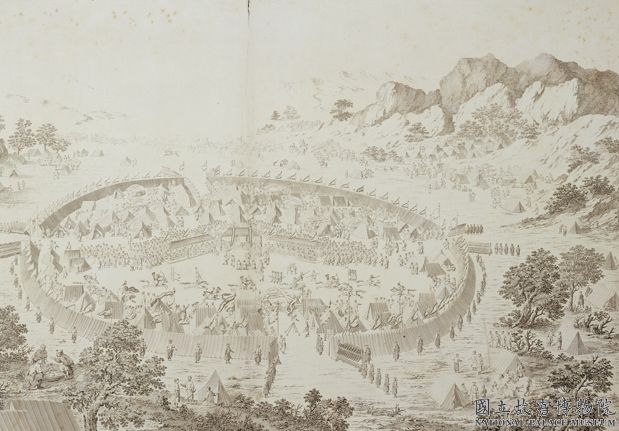[Bamboo root carving riding elephant statue]
Bamboo root carving riding elephant statue, clear, 25 cm high, 12.5 cm wide
This elephant rider, with his head tilted to the left, thick eyebrows, eyes slightly closed, prominent cheekbones, and whiskers on his lips and temples. He bared his chest, exposed his bony bones, crossed his hands on his left knee, raised his left leg, sagged his right leg, put on awn shoes, and sat on the elephant. When the elephant looked back, its four legs stood upright, and under its four legs were coiled bamboo roots. The figure is ingenious in design and exquisite in production, which can reflect the artistic characteristics and aesthetic orientation of bamboo carving in the Qing Dynasty
After the prosperous Tang Dynasty, Zen gradually spread among the royal family, monks, scholar-bureaucrats and ordinary believers. Influenced by Zen’s idea that everyone can practice and become a Buddha, there are a lot of worshippers (also known as Arhat, Yingzhen, etc.). These venerable figures appeared either in the form of five hundred, or in the combination of eighteen and sixteen, and were magnificent from the Five Dynasties to the Ming Dynasty. The Qing Dynasty continued to carry forward the tradition. Emperor Qianlong once built Arhat Hall in Beijing Xishan Biyun Temple and Qingyi Garden Great Gratitude Yanshou Temple, modeled after the shape of Arhat Hall in Hangzhou Jingci Temple, with 500 Arhats inside. Most of the 18, 16 or single honored people of various textures enshrined in the Forbidden City and the Royal Garden have survived. Scholars and doctors also put this on the desk as the object of worship and appreciation.
![图片[1]-Bamboo Root Carved Elephant Rider-China Archive](https://chinaarchive.net/Ming dynasty/Sculpture/55878[1024].jpg)


![[Qing Dynasty] British female painter—Elizabeth Keith, using woodblock prints to record China from the late Qing Dynasty to the early Republic of China—1915-China Archive](https://chinaarchive.net/wp-content/uploads/2022/11/image-191x300.png)


